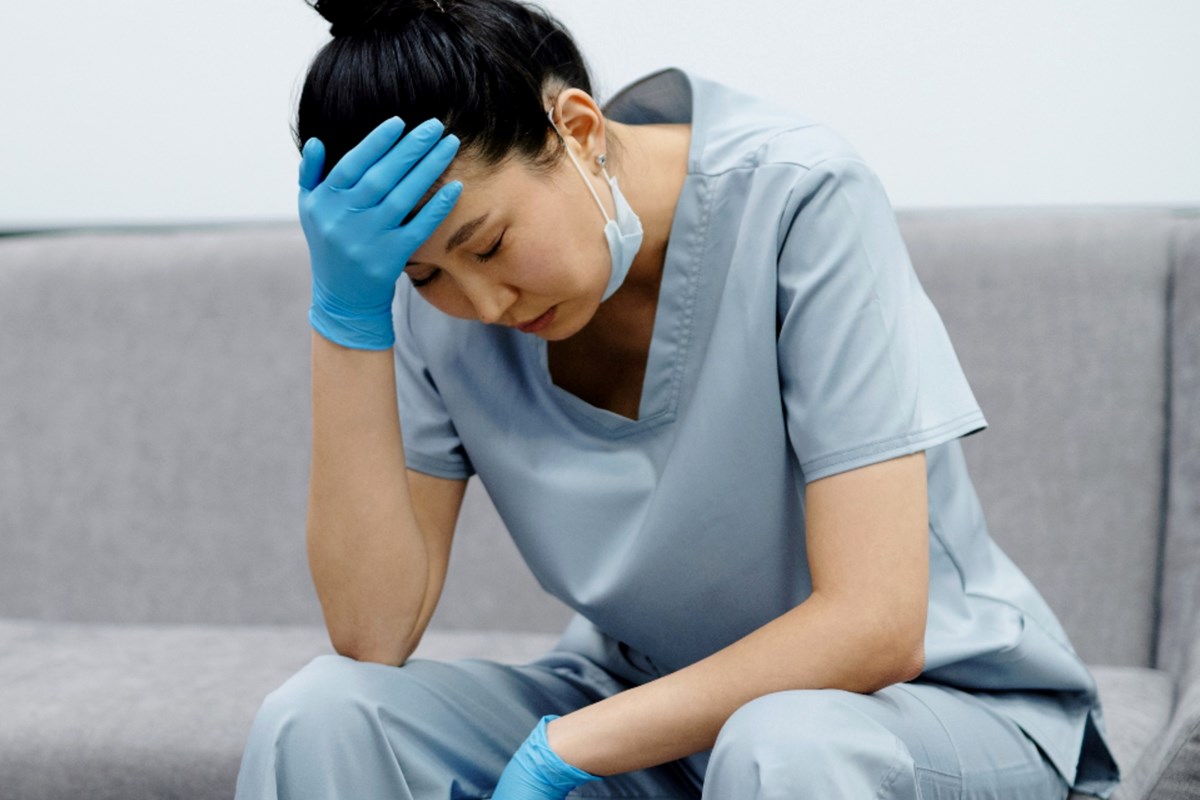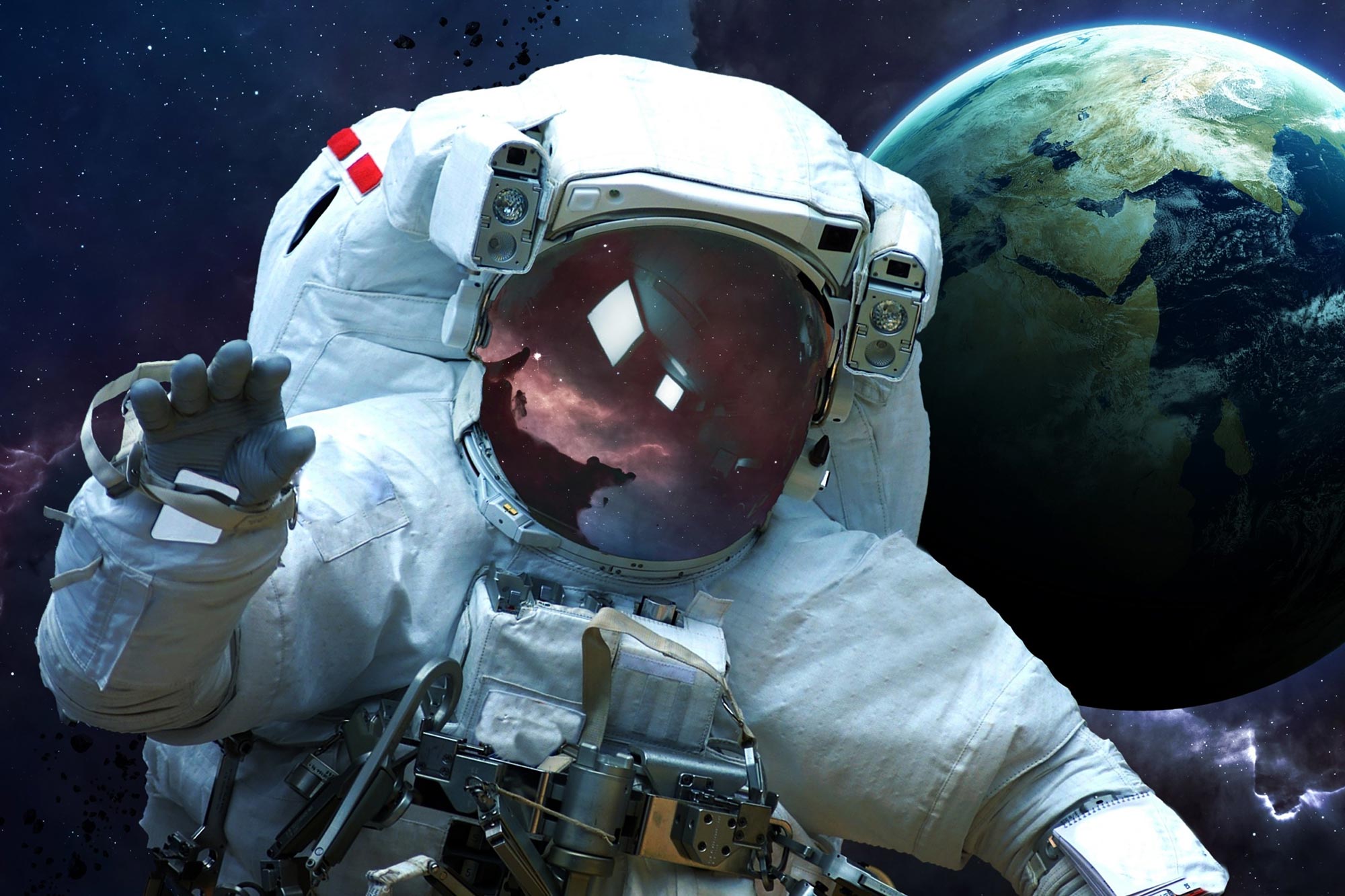Astronauten kunnen worden blootgesteld aan hoogenergetische geladen deeltjes van galactische kosmische straling en zonnedeeltjes, evenals secundaire protonen en neutronen nadat ze de beschermende atmosfeer van de aarde hebben verlaten. Omdat biomoleculen, cellen en weefsels andere ionisatiepatronen hebben dan aardse straling, zijn de bijbehorende biologische gevolgen slecht begrepen en is de mate van gevaar onderhevig aan enorme onzekerheid.
De studie, die werd uitgevoerd op muizencellen, analyseerde de impact van ruimtestraling en zal wetenschappers helpen de veiligheid en risico’s van ruimtevaart beter in te schatten.
Een internationaal team van wetenschappers voerde aan boord een langdurig experiment uit Internationaal Ruimtestation Om het effect van ruimtestraling op embryonale stamcellen van muizen te onderzoeken. Hun onderzoek zal wetenschappers helpen om de risico’s en veiligheid van ruimtestraling voor toekomstige bemande ruimtevluchten nauwkeuriger in te schatten.
Het team publiceerde onlangs hun bevindingen in het tijdschrift Helium.
De onderzoekers kwantificeerden direct het biologische effect van ruimtestraling in hun studie door ingevroren muisembryonale stamcellen van de aarde naar het internationale ruimtestation over te brengen, ze gedurende vier jaar bloot te stellen aan ruimtestraling en het biologische effect te meten door chromosomale afwijkingen te beoordelen. . De resultaten van hun experiment laten voor het eerst zien dat het biologische effect van ruimtestraling nauw aansluit bij eerdere voorspellingen die zijn afgeleid van de fysieke meting van ruimtestraling.

Bevroren muizenembryonale stamcellen werden vanaf de aarde naar het internationale ruimtestation ISS gelanceerd, voor een langere periode opgeslagen, op aarde teruggevonden en gescreend op chromosoomafwijkingen. Credits: Takashi Morita, OMU
Nu gewone mensen in de ruimte kunnen reizen, is het vooruitzicht van uitgebreide menselijke missies naar verre planeten zoals de maan en[{” attribute=””>Mars is growing. However, space radiation continues to be a barrier to human exploration. In-depth research has been done by scientists to measure the physical doses of space radiation and better understand how it affects the human body. However, since most previous studies were done on the ground rather than in space, the findings were subject to uncertainty, given that space radiation consists of many different types of particles with varying energies and astronauts are continually irradiated at low dosage rates. On Earth, the space environment cannot be precisely reproduced.
“Our study aims to address the shortcomings of previous ground-based experiments by performing a direct quantitative measurement of the biological effect of space radiation on the International Space Station and comparing this real biological effect with physical estimates in the ground-based experiments,” said Takashi Morita, a professor at the Graduate School of Medicine, Osaka Metropolitan University. “The findings contribute to reducing uncertainties in risk assessments of human space flights.”
The team prepared about 1,500 cryotubes containing highly radio-sensitized mouse embryonic stem cells and sent them to space. Their study was complex in its scope, with seven years of work before launch, four years of work after launch, and five years for analysis. “It was difficult to prepare the experiment and to interpret the results, but we successfully obtained quantitative results related to space radiation, meeting our original objective,” said Professor Morita.
Looking ahead, the researchers hope to take their studies a step further. “For future work, we are considering using human embryonic stem cells rather than mouse embryonic stem cells given that the human cells are much better suited for human risk assessment, and it is easier to analyze chromosome aberrations,” said Professor Morita.
Future studies might also include launching individual mice or other experimental animals to analyze their chromosome aberrations in space. “Such experiments in deep space can further contribute to reducing uncertainties in risk assessments of prolonged human journeys and stays in space,” concluded Professor Morita.
Reference: “Comparison of biological measurement and physical estimates of space radiation in the International Space Station” by Kayo Yoshida, Megumi Hada, Akane Kizu, Kohei Kitada, Kiyomi Eguchi-Kasai, Toshiaki Kokubo, Takeshi Teramura, Sachiko Yano, Hiromi Hashizume Suzuki, Hitomi Watanabe, Gen Kondoh, Aiko Nagamatsu, Premkumar Saganti, Francis A. Cucinotta and Takashi Morita, 17 August 2022, Heliyon.
DOI: 10.1016/j.heliyon.2022.e10266
The study was funded by the Japan Aerospace Exploration Agency, the Japan Space Forum, and the Ministry of Education, Culture, Sports, Science, and Technology of Japan.

“Reizende ninja. Onruststoker. Spekonderzoeker. Expert in extreme alcohol. Verdediger van zombies.”







More Stories
Een rots met tijgervlekken kan een teken zijn van oud leven op Mars
Webb detecteert koolstofoxiden op Uranus' maan Ariël die wijzen op de aanwezigheid van een verborgen oceaan
Het aantal gevallen van dengue in Singapore is al hoger dan het totaal van vorig jaar – BNN Bloomberg